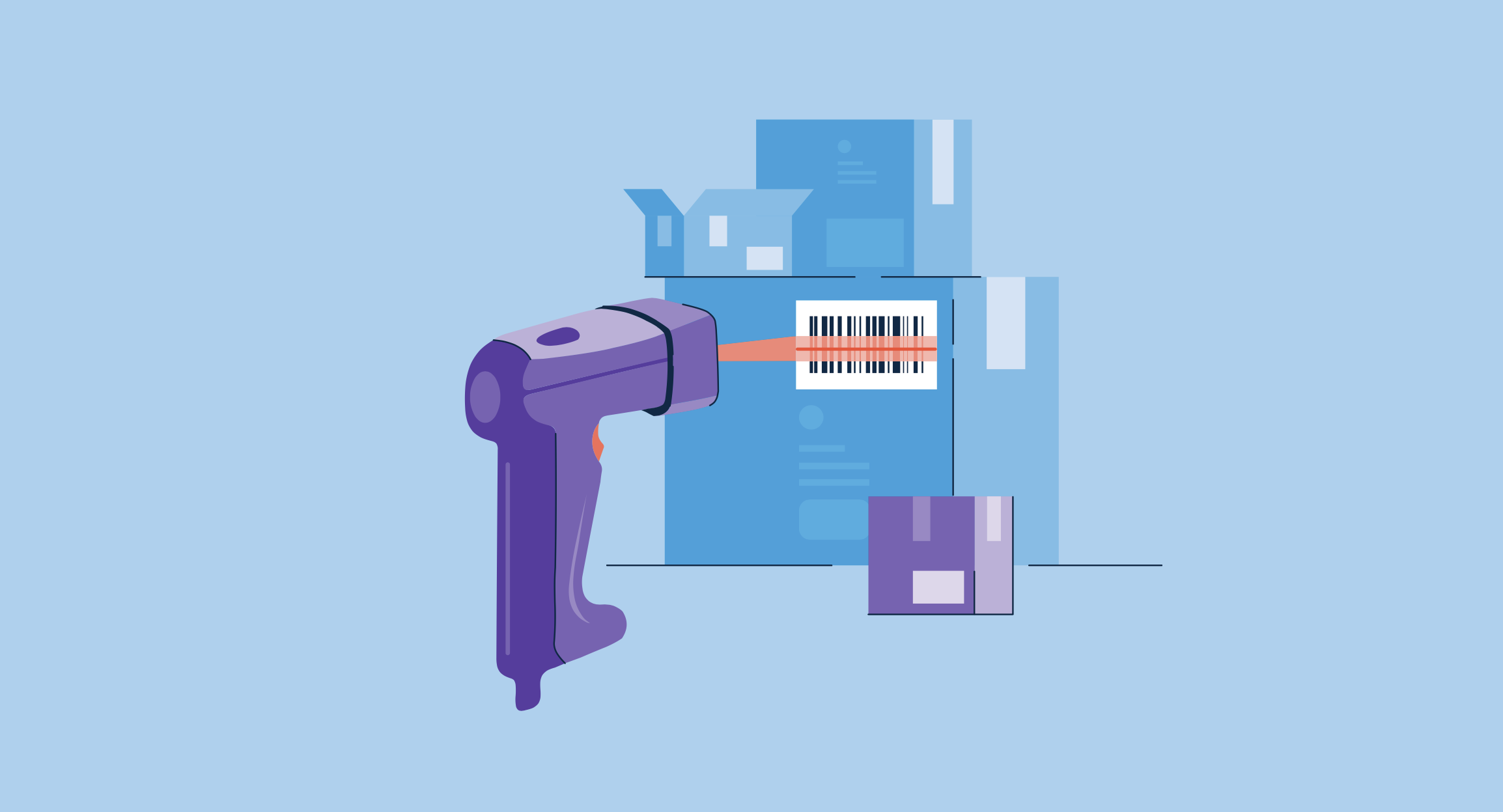What is inventory forecasting?
Inventory forecasting is the process of calculating the amount of inventory necessary to fulfill future customer orders. This estimate is based on the predicted amount of inventory an organization will sell in a given time period. Sales data and anticipated promotions are used to form this estimate.
Also called inventory planning, inventory forecasting is an essential part of inventory management. It aims to ensure organizations have enough inventory to fulfill future sales without too much overstock. Companies often turn to inventory control software to assist in managing their needs.
Types of inventory forecasting
There are four types of inventory forecasting that organizations tend to use. Most types of inventory forecasting are formula-based.
- Trend forecasting examines past market and sales data to predict future sales trends. Trends can be calculated on a per-product basis, and demand is then forecasted based on the result of this calculation.
- Graphical forecasting groups an organization’s sales data into graphical form, presenting sales trends in a visual format. Graphical forecasting is an easier way for visual learners to identify patterns to use for forecasting.
- Qualitative forecasting is an option for organizations that lack reliable historical sales data. Instead of examining past sales data, this forecasting method uses the current market demand to forecast how much inventory will be needed in the future. Qualitative forecasting must be repeatedly performed and is best suited for new products or companies.
- Quantitative forecasting relies on historical sales data from the previous year or quarter to predict future product demand. This method is best suited for companies or products that have been around for a while. The more data available, the more accurate the forecasting.
Inventory forecasting benefits
Inventory forecasting can improve an organization’s bottom line as well as its relationships with customers and suppliers. Benefits include:
- Safety stock is kept to a reasonable level, resulting in less money tied up in inventory.
- Better overall supply change and production cycle management, along with decreased manual labor.
- Reduces stockouts, which boosts overall customer satisfaction and supplier relations.
- Strategic inventory management results in improved profitability, inventory accuracy, and data reporting.
Basic elements of inventory forecasting
There are common elements that one may find every time inventory forecasting is conducted. Elements required for accurate inventory forecasting include:
- Current inventory levels: Allows organizations to see what is currently in stock and what, if anything, needs to be ordered before running out.
- Outstanding purchase orders: Data surrounding the orders that customers are still waiting for.
- Historical data and trend lines: An inside look at how purchases have looked in the past and expected trends for the future.
- Potential demand and seasonality: A forecasted look into the demands surrounding specific products around when seasons change, holidays, and more.
- Maximum stock levels: Allows companies to see how much is the maximum amount they can have in stock for specific products.
- Sales trends: If there are any expected trends in sales numbers, inventory forecasting will alert an organization to them.
- Customer response: Any positive, negative, or neutral response a customer may have to products or services.
- Organizational goals: Whether these goals are quarterly or pivot at the halfway point of the year, inventory forecasting shows organizations where they're tracking on their goals.
- Supply chain challenges: If there are any bottlenecks that may appear in the supply chain, companies will be alerted ahead of time, thanks to inventory forecasting.
Inventory forecasting best practices
In order to conduct inventory forecasting the right way, there are certain best practices to follow. Keep these in mind for successful inventory forecasting.
- Use the right tools: Tools required for accurate inventory forecasting vary according to the organization’s preference. Spreadsheets and simple graphs may work for smaller companies, but companies with more products to manage benefit from models to visualize how stock quantities should change according to the data. Inventory forecasting software is also available and can be integrated with inventory management software for a simple, all-in-one solution.
- Gather all available data: Successful inventory management requires a lot of data. Organizations need to gather data on their inventory turnover, historical supply and demand, past margins and profits, sales trends, lead time, and other useful information to create an accurate forecast.
- Utilize inventory forecasting formulas: Inventory forecasting formulas help organizations ensure they’re ordering the right amount of stock.
The main formulas used for inventory forecasting are:
- EOQ = √2DS/H, where D=demand in units per year S=order cost per purchase, and H=holding cost per unit, per year.
- ROP = (average daily sales x lead time) + safety stock
- Lead time = supply delay + reordering delay
- Average inventory = (beginning inventory + ending inventory) / 2
- Safety stock = (maximum daily sales * maximum lead time) - (average daily sales *average lead time)
Inventory forecasting vs. replenishment
Inventory forecasting is used to calculate how much inventory an organization needs for a specific time period. It does not decide when to re-order, it decides how much inventory to reorder.
Replenishment is a term used to describe the stock recommendation produced by inventory forecasting. Essentially, replenishment is how much stock an organization needs to meet the inventory goals and the demand predicted by inventory forecasting.

Martha Kendall Custard
Martha Kendall Custard is a former freelance writer for G2. She creates specialized, industry specific content for SaaS and software companies. When she isn't freelance writing for various organizations, she is working on her middle grade WIP or playing with her two kitties, Verbena and Baby Cat.













